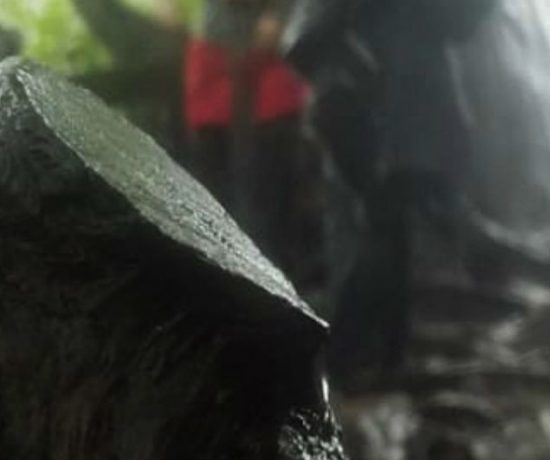Several years ago I had the privilege to attend a seminar on Bible study conducted by Dr. Lee Gugliotto. He presented a lot of material and the manual we receive was completely overwhelming. There were so many steps and questions. I wanted to do that kind of deep study, but I was intimidated. So the manual gathered dust on my shelf.
Nearly ten years later, I was teaching Bible at a Christian high school and wanted my students to use a framework for learning how to study the Bible. I remembered Dr. Gugliotto’s materials and pulled out my dusty manual. As I went through it though I realized that it was far too complex for me to use. It would crowd out other lessons that needed to be covered and the students would get bogged down in the details. So I reached out to Dr. Gugliotto. Was there some other framework that I could use with teenagers?
There was.
Dr. Gugliotto had developed, just a few years prior, the QuikStudy method as an abbreviated version of his Interactive Study Method. This manual focused more on individual study than leading a group study. It was perfect for my students and, as it turns out, for me.
In the introductory pages of the manual, Dr. Gugliotto gives his answers to many of the topics that I have already written about regarding Bible study. He then clearly explains each of the worksheets that he developed to guide a person through a thoughtful study.
Over the next few weeks, I will outline the QuickStudy method for you. I will not provide samples of the worksheets as they are copyrighted materials. But my explanation should give you some new tools to work with on your Bible study.
If you would like to contact Dr. Gugliotto or purchase any of his materials, you can do so on him ministry’s webpage: http://empowerministries.org.
For this week you need to do three things. First, select the translation you are going to use for the study. This is very important for this study method if you are studying with someone. Using different translations can create a little challenge, although not an impossible one, if you use this framework to lead a study group.
Second, select the book you are going to study. Yes, I said book. (I recommend a small book to start with.) Many people skip this step because it takes time, often a lot of time. But it is time well spent.
Once you have selected the book you want to study, get the big picture of the book as Dr. Gugliotto calls it. Here are your questions:
Who wrote the book?
What did the author say about himself?
Who did he write to? (historical audience)
What did he say about the audience?
Who did he write about to the audience? (subject of the letter)
What did he say about the subject of the letter?
When did he write the book?
When did the book take place?
Where did the book take place?
Why did the writer write the book?
Okay. There you go. Some of the questions may not have answers, or you may not be able to find the answer in the text. At this point, don’t feel obligated to search for answers outside of the text. Just focus on what the text says.
This may seem like a lot, but it is good discipline and there is no stress about turning in homework or having a test over the material. So take your time and enjoy what you discover.



